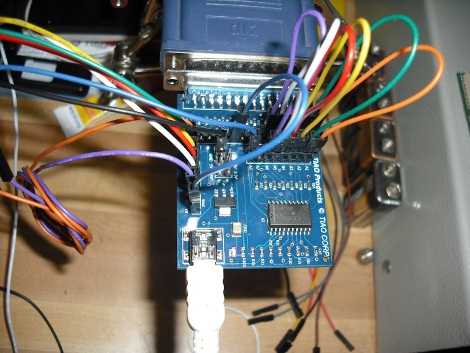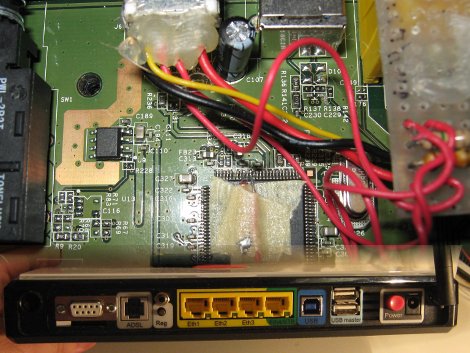
A month ago, we saw a marvelous demonstration of troll physics from YouTube user [Fredzislaw100]. In his video, we saw a circuit of three switches and three LEDs wired in series and but not acting like the should. A lot of the comments for this post elicited reasonable explanations like modifying the battery or pure camera wizardry via After Effects. Thankfully, [Alan] stepped in and showed us how it was done. The solution uses two AC power sources with diodes in two of the switches and LEDs and inductors in the third pair. [Alan]’s build was rather large compared to the original video, so we were wondering how this circuit could be made invisible.
[Fredzislaw100] just posted a video on how he did it. Like [Alan]’s build, it uses two AC power sources, diodes, and inductors. In contrast to every single guess about where the circuit is hidden, the majority of the build is inside the battery connector. [Fredzislaw] did some amazing work hiding a 74LV132 quad NAND Schmitt trigger inside the battery connector. The diodes were easily hidden on LEDs 1 and 3 with some red nail polish, but we’re amazed by the inductor built into the LED seen in the title pic.
So there you go. With a ton of electronics know-how and an extremely steady hand (and a microscope), you too can build your own troll circuit. Check out the video after the break.

















